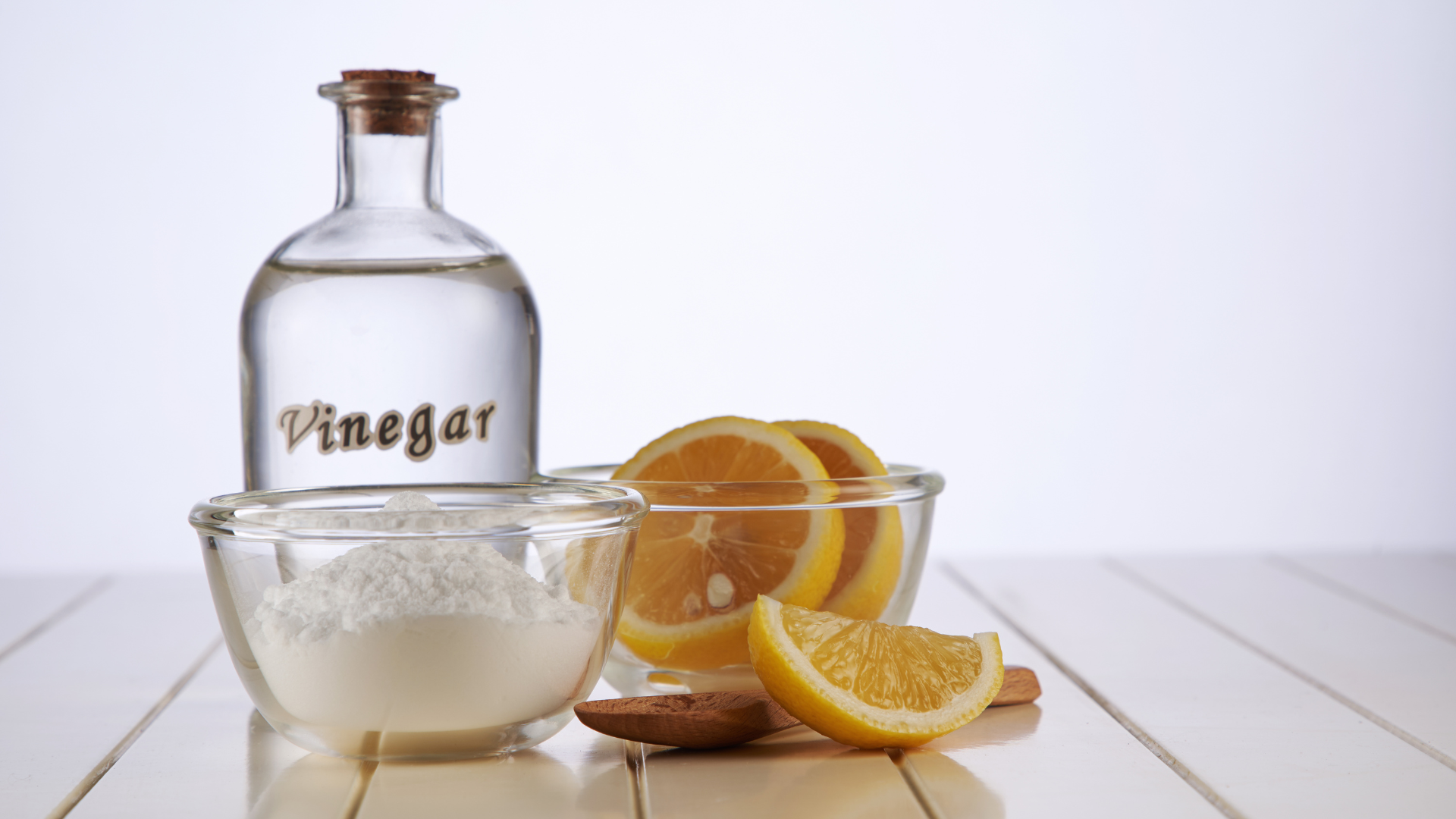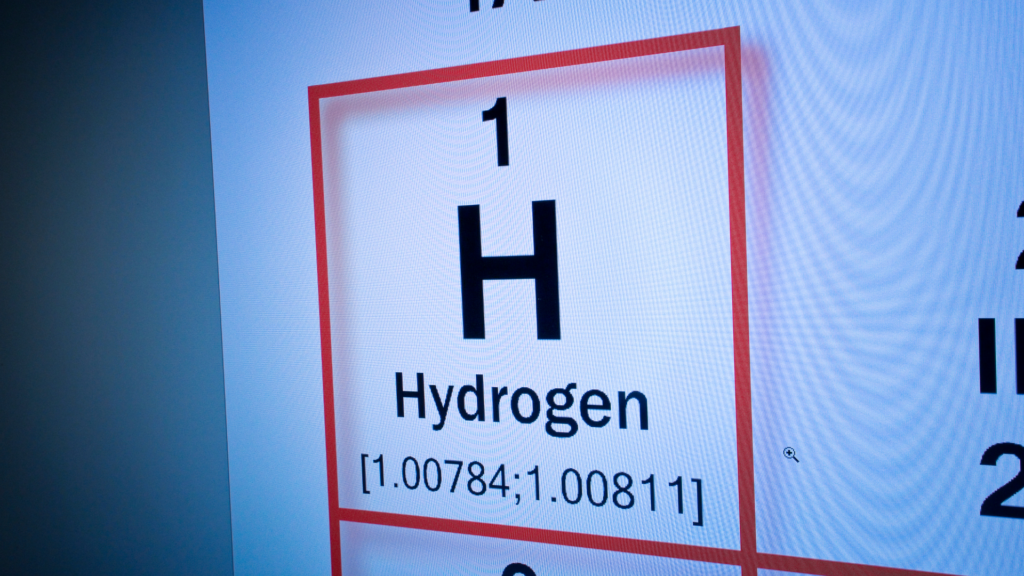Imagine a world where cleaning solutions are not only effective but also eco-friendly. That’s the promise of the dynamic duo: hydrogen peroxide and vinegar. These two common household ingredients, when combined, can pack a powerful punch against grime and bacteria.
Let’s uncover the secrets of mixing hydrogen peroxide and vinegar together.
Mix Hydrogen Peroxide and Vinegar
 In the quest for effective yet eco-friendly cleaning solutions, understanding hydrogen peroxide and vinegar is essential. A dive into the chemistry of these two household items unravels how they work independently and interact synergistically when combined.
In the quest for effective yet eco-friendly cleaning solutions, understanding hydrogen peroxide and vinegar is essential. A dive into the chemistry of these two household items unravels how they work independently and interact synergistically when combined.
The Chemistry of Hydrogen Peroxide
Hydrogen peroxide, or H2O2, poses as a pale blue liquid in pure form but usually bought as a solution containing 3-9% hydrogen peroxide and the rest water. As a compound, it’s made up of two hydrogen atoms and two oxygen atoms, hence the name. Notably, hydrogen peroxide is unstable and will decompose into water and oxygen when exposed to light, air, or heat.
Potential Benefits of Mixing Hydrogen Peroxide and Vinegar
When combined judiciously, hydrogen peroxide and vinegar offer several benefits. They provide an economical and eco-friendly alternative to commercial cleaning products, contribute to agriculture, and play a significant role in food preservation techniques. Despite these advantages, it’s critical to apply suitable safety measures, owing to the potential hazards associated with incorrect handling or usage.
Risks and Precautions When Mixing Hydrogen Peroxide and Vinegar
Chemical Reactions and Toxicity
While the combination of hydrogen peroxide and vinegar offers a potent cleaning solution, the downside lies in the potential formation of peracetic acid. This compound, peracetic acid, presents a hazard when it comes to inhalation and can irritate or harm mucous membranes and respiratory systems if exposure occurs. There’s also a risk of corrosion on some surfaces. For instance, use of this blend on metals may lead to rust.
Safe Handling and Storage Best Practices
Handling and using the hydrogen peroxide-vinegar mixture necessitates certain safety protocols. Users must always wear protective gloves, eyewear, and ensure proper ventilation during usage and storage. The chemicals shouldn’t be mixed in closed containers, as this can build up pressure and lead to catastrophic outcomes such as explosions.
Alternative Cleaning Solutions
Following the exploration of vinegar and hydrogen peroxide as cleaning aids, it seems appropriate to delve into other alternative, eco-friendly cleaning solutions. On the one hand, the commercial sector offers an array of environmentally conscious options. On the other hand, homemade mixtures provide the flexibility of personal customization.
Commercial Eco-Friendly Products
Favorably, the commercial cleaning field provides numerous eco-friendly options. Products like Ecover, Method, and Seventh Generation brand cleaners represent options that place environmental health high on their aggravation list. Notably, Ecover’s range includes All-Purpose Cleaners that are plant-based, biodegradable, and packaged in recycled plastic. Similarly, Method’s products are biodegradable, recyclable, and tested for efficacy.
Homemade Green Cleaning Mixtures
Meanwhile, if fabrication appeals, a number of natural ingredients can form viable homemade green cleaning mixtures. Consequently, freeing homes from synthetic chemicals while contributing positively to the environment.
Citrus peels, for instance, aren’t just an excellent natural deodorizer, they’re also helpful for removing tough stains from countertops and other surfaces. Similarly, baking soda, a pantry staple, works wonders in battling grime, thanks to its mild abrasiveness.
Like vinegars or hydrogen peroxide, these ingredients lack the harmful effects typical of conventional cleaning products. Therefore, their use presents a safer alternative.
Maintaining a consistent cleaning routine with these alternative solutions not only fosters a healthier environment but also invites a safer, toxin-free household.
Must Know
The combination of hydrogen peroxide and vinegar offers an eco-friendly cleaning solution. However, it’s crucial to avoid creating harmful peracetic acid. Safety measures like proper ventilation and storage are essential. Other green cleaning options exist, including eco-conscious commercial products such as Ecover, Method, and Seventh Generation. Or one can opt for homemade concoctions using natural ingredients like citrus peels and baking soda. Always remember to test these solutions before use and prioritize safety. Embracing these alternatives consistently can lead to a healthier, toxin-free home environment.
